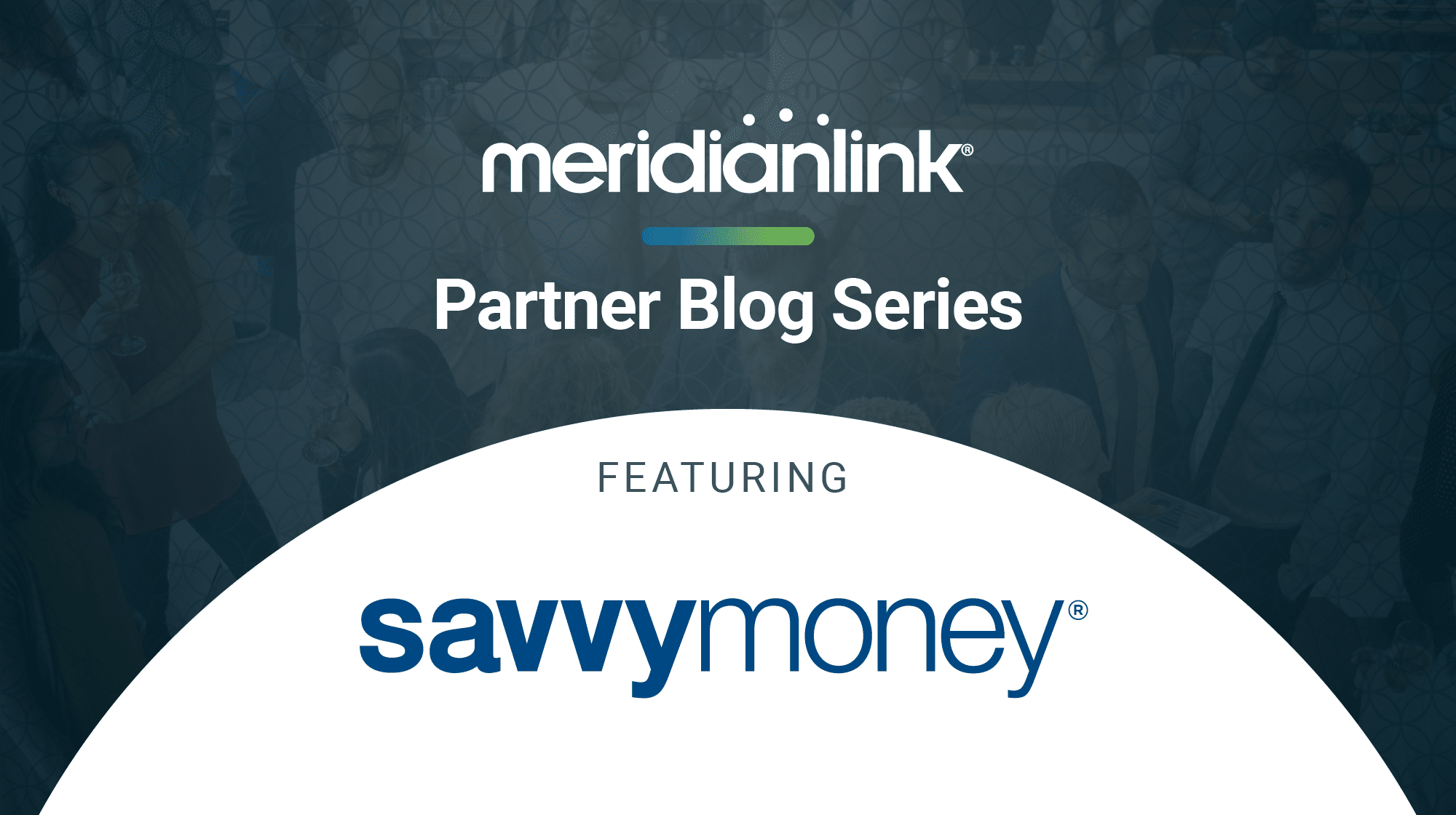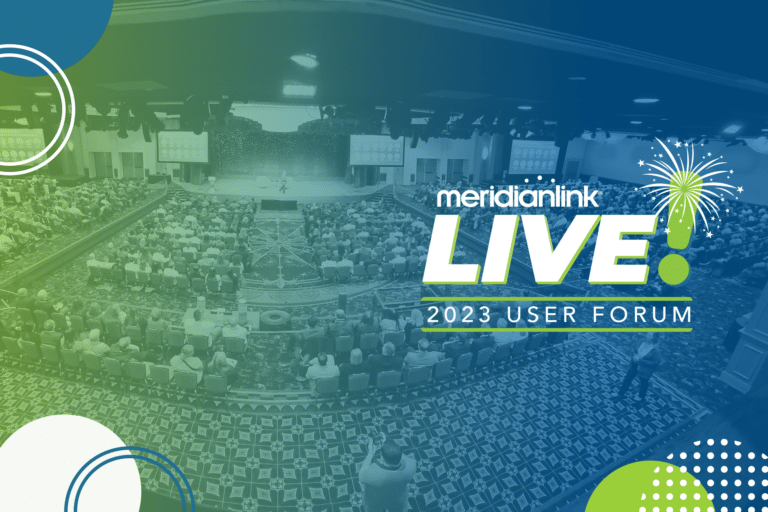The following post is part of a series of blogs written by MeridianLink Partners who will be attending the MeridianLink LIVE! User Forum in May 2023. To learn more about the event, visit https://www.meridianlink.com/userforum.
What’s the difference, and how can offering both benefit your consumers—and your financial institution, too?
We’ve all heard the phrases “pre-qualified” and “pre-approved” when it comes to loans. But how exactly do they differ from one another?
There are three ways in which pre-qualifications and pre-approvals are almost identical:
- They both rely on analyzing credit report data and selecting consumers whose credit rating is a good match for your institution’s risk tolerance for a given type of credit (credit card, mortgage, auto loan, etc.).
- They both require a soft credit pull—though the criteria used to determine who receives a pre-approved offer is sometimes more thorough than for a pre-qualified offer.
- They’re both typically most heavily based on credit report data and may require additional documentation (such as income verification).
The Biggest Difference? Consumer Consent
To receive a pre-qualified offer, a consumer needs to actively request to see credit offers they’re likely to qualify for. The consumer is in control and won’t receive a pre-qualified offer unless they opt in. In addition, a pre-qualified offer will give consumers a good estimate of what they are likely to qualify for. However, it is important to note that for pre-qualified offers, a hard credit pull and often further information, like income detail, are required at the time of application to provide full credit approval.
With pre-approved offers, the financial institution (FI) selects consumers who meet their criteria and proactively sends them an offer. In other words, unlike pre-qualified offers, the consumer doesn’t actively request to see pre-approved offers. Because more extensive screening is done upfront, a hard credit pull may not be needed at the time of application.
Your FIs—and Your Consumers—Can Benefit From Both Types of Offers
Most FIs use a combination of pre-approved and pre-qualified offers. Using both offer types casts the widest net when it comes to loan growth. Pre-qualifications reach consumers who opted in and are looking for credit offers. And for those who haven’t expressed an explicit interest, pre-approvals still enable you to get the best offers in front of your most valuable customers, those whose credit profiles meet or exceed your lending standards.
Pre-Qualified and Pre-Approved Offers Share These Additional Benefits, Too
- Operational efficiency. Making offers to only those consumers who are likely to be approved for credit reduces unnecessary credit score processing costs and fees.
- Customer goodwill. When a customer sees an “as low as” rate offer, they tend to assume they’ll qualify for something in that ballpark. But unless they’ve got stellar credit, their actual rate is likely to be higher. Relying on data to create personalized offers helps to build a sense of transparency and trust with your user base.
- Improved financial well-being. Making it easy for consumers to take advantage of better credit options could go a long way toward cutting their credit costs and boosting their financial health.
How To Maximize the Value of Your Pre-Qualification Strategy
Relying on innovative credit score solutions can help by enabling you to integrate real-time credit score visibility directly into your digital banking experience while offering extensive loan marketing and offer engine capabilities.
Consumers who opt in to leverage these solutions are also opting in to pre-qualified offers, showing them all they could be eligible for.
Look for These Features in a Best-in-Class Credit Score Solution
- Real-time data access. Unlimited access to real-time credit data saves you time and money by eliminating the need to buy and load credit bureau data every time you want to run a campaign.
- Actionable data analysis. The value of data comes from unlocking the strategic insights that it holds. Ensure you can easily segment and analyze your portfolio in a variety of ways—spend, share-of-wallet percentage, and of course, real-time credit criteria—to surface new growth opportunities and execute high-performing campaigns.
- Offer engine and digital marketing capabilities. Look for a solution that leverages automation to seamlessly translate growth opportunities into high-performing, personalized pre-approval and pre-qualification marketing campaigns.
- Personalization and interactive tools. Increase consumer engagement and conversion with just-for-them offers. For example, some solutions allow you to present highly personalized, targeted car loan offers that include the actual dollars the consumer will save from refinancing with you.
- Reporting and tracking tools. See which offers your customers are engaging with to understand what is and isn’t working. This also allows you to run successful remarketing campaigns (e.g., know which customers clicked on an offer but didn’t submit an application so you can follow up with them again).






